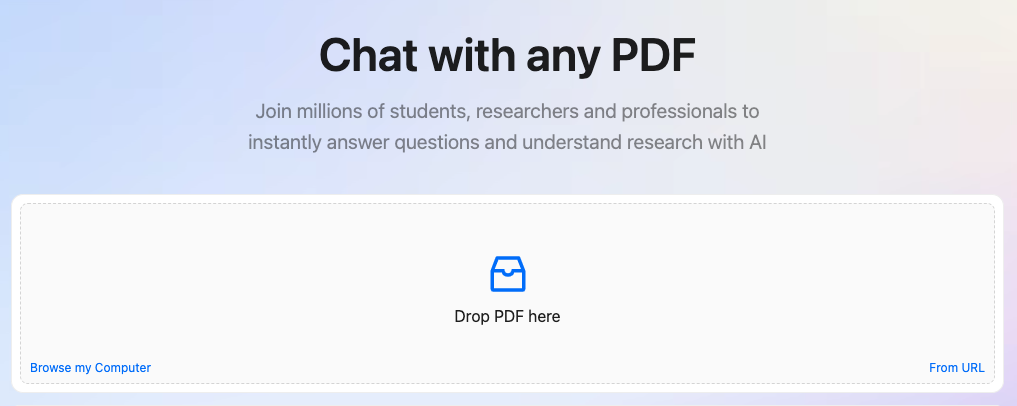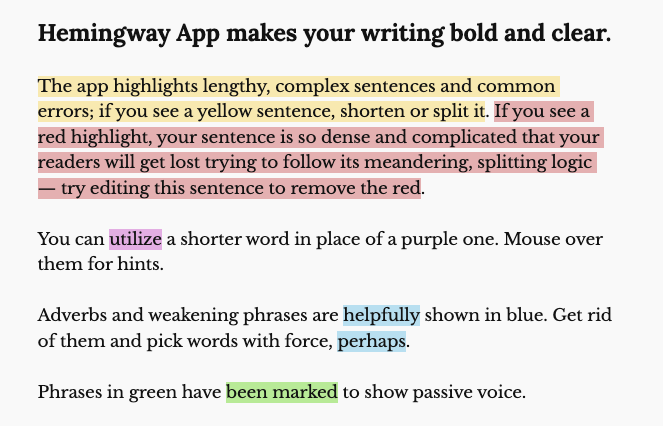4 AI Tools for Content Marketing

August 10, 2023

Of Benjamin Franklin’s many words of wisdom, one of my favorites is: “By failing to prepare, you are preparing to fail.”
So much of our success depends on planning and foresight — whether you’re a concert pianist putting in hours of practice or a novelist laboring over research before putting words to the page.
But with AI on the scene, planning and foresight just got a massive makeover. Now, you can plan out whole campaigns in minutes and get a first draft of a blog post in seconds.
Artificial intelligence can’t replace the human touch you’re an expert in applying to your projects, but it can lend a hand in some of the peskier and mundane parts of your job.
So how does using AI apply to developing great content? Here are four tools to help you plan and execute your content strategy with AI, not against it.
1. Your Style Guide
Does your institution have its own style guide? If so, you should keep a copy of it on your desk or bookmarked on your computer for easy reference.
But what if you've got multiple style guides to keep track of and want to save time scrolling through PDFs to remember the right hex code?
Enter ChatPDF, an AI tool that summarizes PDFs and answers specific questions you have about them, like "What's this brand's color again?" or "How can I display the logo?".
If you don't have a style guide, talk to your coworkers about developing one. You don't have to reinvent the wheel; start with an existing guide, like Chicago or AP, and make necessary tweaks or additions from there.
For more information on creating your own style guide, consult this eBook from HubSpot.
2. A Grammar Genie
Grammar is often a barrier for aspiring writers, but in reality, good grammar is only as far away as a Google search or a built-in editor like Grammarly or Hemingway.
Grammarly can help you establish your desired tone, fix agreement mistakes, and more.
Hemingway is great at cutting down wordy sentences and helping you use fewer adverbs and hedging language.
Wherever you look for your grammar guide, make sure you cross-reference your selected style guide. A good rule of thumb: when in doubt, look it up.
3. Content Brainstorming Wizard
Gone are the days of staring in vain at an empty screen or page, willing words and topics to appear. Now we have generative AI tools like ChatGPT, Claude2, Bard, and countless others to help overcome the dreaded blank Word document.
Even if you prefer to do your brainstorming analog, these tools can help you get a jumpstart on your ideas. They also keep a record of what you've asked them before and topics you've worked through together, so you'll always know where to find that great idea for a blog post that it generated.
Looking to integrate your systems even further? Check out HubSpot's new Content Assistant. With this tool, you can draft blogs, emails, eBooks, and everything in between. Plus, you'll keep your data squeaky clean and ensure you're engaging the right leads.
4. A Content Calendar Collaborator
What’s getting published when? If you like writing things down by hand, like me, you might have a physical calendar tracking your publication schedule. Or maybe you prefer simply to use your Outlook calendar.
Whatever the case, this will help you plan your blog for the coming weeks. As an enrollment marketer, it’s essential that you also note when you have info sessions, open houses or other events coming up — those are perfect opportunities for a blog post, infographic, or other content promotion.
Toolkits like Microsoft and Google's suites help content marketers stay on top of what's getting posted and when. They can also help you maximize collaboration with your coworkers and fellow creatives.
For your social media content calendar, Taskade has you covered with their social media content calendar generator. With this tool, you'll have a well-planned post calendar in seconds, helping you use your time and creativity for longer-form projects.
Whatever system you use to stay organized, the biggest criterion for its success is whether you like it — not how efficient it is, whether it’s digital, or whether it’s what your coworker uses. If you like it, you’ll stick with it. If you don’t, you won’t.
What else do you keep on your desk? Let us know in the comments!
Keep Up With the Latest Industry Benchmarks. Download our guide.
See how your institution stacks up against other schools across primary marketing tactics and how you can leverage engagement tactics to maximize your student recruitment.
Download our free guide, DD's Deep Dive: Enrollment Marketing Benchmarks Report to learn more.
.jpg?width=286&height=190&name=sam%20and%20matt%20(1).jpg) EBOOK
EBOOK
See how schools are using HubSpot for their enrollment marketing
Service Categories: Enrollment Marketing, Content Marketing, Content Strategy, Creative & Content, Search Optimization









.png)


.png)